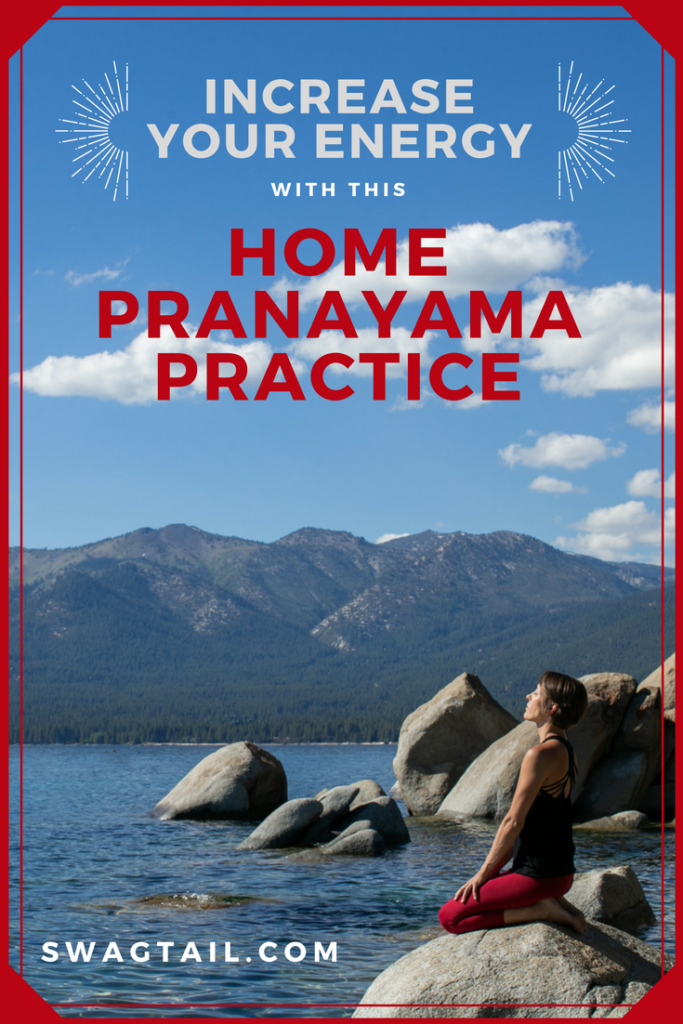 Prana is the sum of all energy in the universe, and pranayama is the way in which you control, master, and expand that energy. The most common method of doing this in the yoga practice is through a conscious breathing practice. Many pranayama techniques are often sprinkled in, or after, physical poses in a Hatha-style yoga class. But this can make it challenging to know if you’re making any progress. Thus, we’re sharing this home sequence with you so that your skills flourish in this area.
Prana is the sum of all energy in the universe, and pranayama is the way in which you control, master, and expand that energy. The most common method of doing this in the yoga practice is through a conscious breathing practice. Many pranayama techniques are often sprinkled in, or after, physical poses in a Hatha-style yoga class. But this can make it challenging to know if you’re making any progress. Thus, we’re sharing this home sequence with you so that your skills flourish in this area.
In one of my favorite movies, Chasing Mavericks, Jay Moriarity discovers a mammoth surf break north of Santa Cruz, CA. His desire to ride this beast is so strong, that he trains fervently under the local legend Frosty Hesson. Instead of skateboarding after school with his high school buddies, Jay opts for long paddles across the Monterey Bay and underwater breath-holding practices to increase his lung capacity.
Big wave surfing, free diving, and opera singing are just a few activities that require you to train your body to breathe appropriately. But tapping into this skill can be beneficial for any individual with any range of interests. That’s why I want to share this pranayama sequence with you.
Because we only briefly explain these techniques in the context of a home breathing practice, we suggest you dive into some of the great pranayama resources on the market today for more information. And,as always, we recommend you speak with your doctor to confirm these practices are safe for you. Otherwise, read this blog, watch the video, and join in as you see fit!
Photo Credit: Diane Nicole Photography
PRANAYAMA = CONSCIOUS BREATHING
Pranayama, most commonly referred to as the practice of conscious breathing techniques. It is one of the most important parts of Hatha yoga. It’s also the way in which we move prana, or life force energy, throughout our being.
Not only do these techniques increase the flow of energy in the body, they have a whole host of mental, physical, and emotional benefits. These include, but are not limited to:
- Increased self-awareness
- Greater wholeness in body, mind, and spirit
- Enhanced energy levels
- More focus in the mind
- Deeper relaxation
- Reduced feelings of anxiety or fear (also tied with shallow, rapid breathing)
- Increased feelings of joy and appreciation (linked with smooth, easy breaths)
- Enhanced control over emotional states, and
- Greater overall well-being
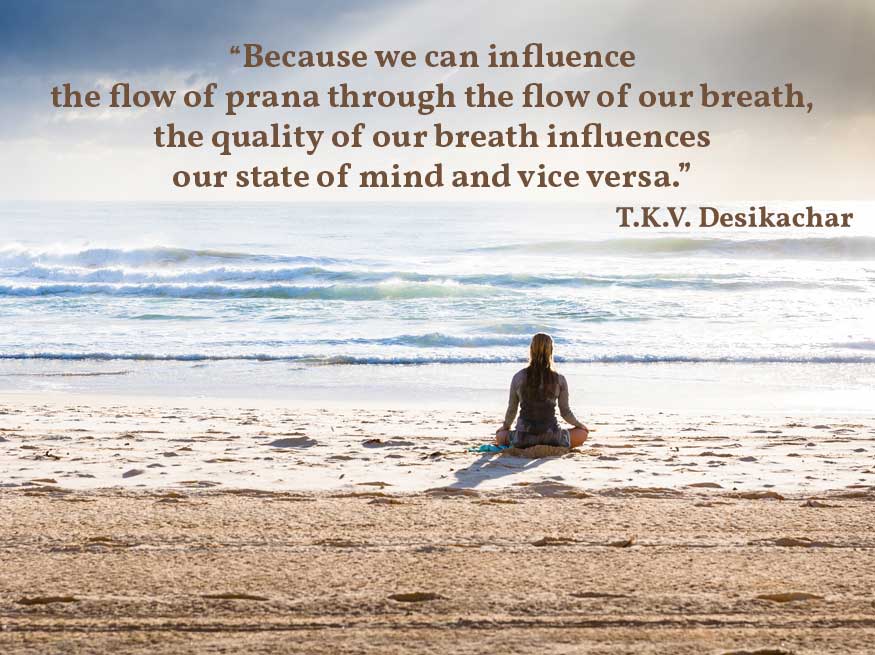
Photo Credit: Simon Rae
PARTS OF THE BREATH
Pranayama was first developed by ancient yogis through close observation of the breath moving in and out of their bodies. Today, the modern science of respiration also recognizes the same phases of breath as our yogic ancestors. These phases include of breath include the inhalation, the exhalation, and the cessation of breathing (which occurs in between both the inhale and exhale).
In yogic terms, these phases can be broken down into four parts:
Puraka – The Inhale
This happens when the diaphragm contracts and descends, thus allowing the lungs fill with air. When breathing deeply, you can feel the rib cage and belly expand.
Anatara Kumbhaka – The Pause after the Inhale
This pause will occur naturally, but you can also hold and expand this natural phase of breath to increase clarity in the mind.
Rechaka – The Exhale
The diaphragm relaxes and lifts, putting pressure on the lungs to expel the air. With forceful exhalations, such as blowing out a candle or using kapalabhati pranayama, the abdominal and intercostal muscles engage to expel the air with more pressure.
Bahya Kumbhaka – The Pause after the Exhale
Practicing this hold, as well as anatara kumbhaka, should not result in physical or mental strain. As with all parts of the breathing practice, it takes time and repetition to get comfortable these components of respiration.
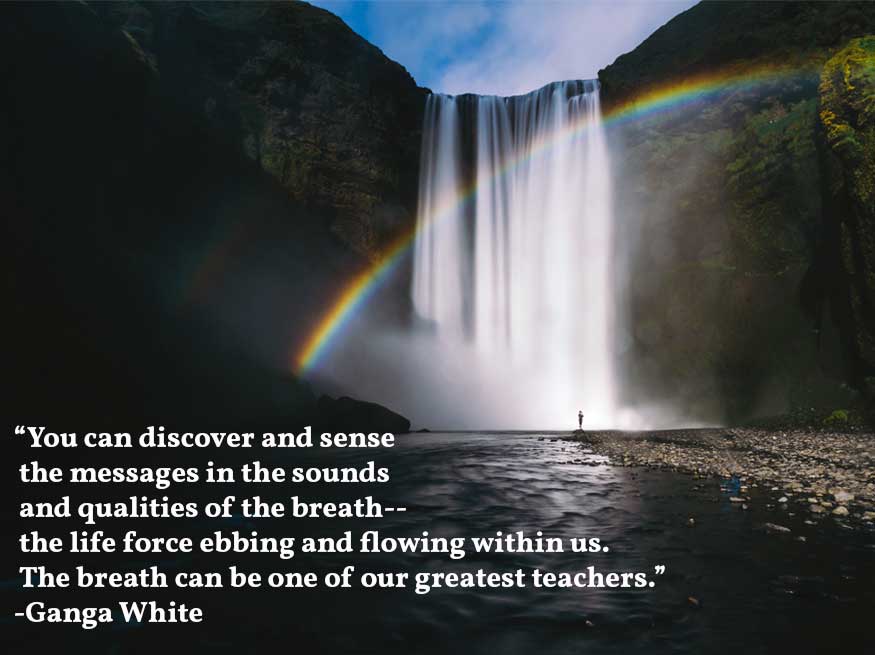
Photo Credit: Sorasak
FIND A COMFORTABLE SEAT
The Yoga Sutras by Patanjali are one of the earliest references to a yoga practice that includes asana and pranayama. The literal translation of asana means “to take one seat.” Finding a place that is both comfortable and stable was a way in which students could prepare themselves for proper breathing and meditation. Today, we use various physical postures, or asana, in dynamic sequences to accomplish the same outcome.
While the prescribed path to pranayama might differ among the various yoga lineages, they all agree that proper physical alignment is essential for a breathing practice. To find this comfortable seat:
- Make sure the pelvis is in a neutral position. Make sure you are sitting on a firm, but sustainable, prop such as a blanket or chair.
- Allow the legs to be positioned in a way that keeps the pelvis neutral. You might cross the legs if you’re seated on a blanket. Or, you can have the legs parallel, with the feet on the floor, if you’re using a chair.
- Elongate the spine. Said another way, sit tall and place any props behind your back if you find it challenging to remain upright.
- Relax the shoulders down the back and away from the ears.
- Soften the throat, jaw, face, and eyes.
- Feel the crown of the head reaching up. Since the sitting bones are rooting down on one end, this lengthening of the head on the other creates a sense of traction for the spine.
7 STEPS TO REFINE THE BREATH
The breathing practice outlined below is designed to develop and refine the flow of prana in the body. Once you’ve taken a comfortable seat, proceed through each pranayama technique listed here. This sequence can take anywhere from 20-40 minutes, depending on the time you have available and your personal goals for the practice. Just remember, if you feel any strain or stress, please go back to your normal breathing pattern.
UJJAYI BREATHING
Purpose: Ujjayi breathing warms the air as it enters the body. The sound of this technique also increases your ability to focus on the breath, and it helps calm the mind and nerves.
Length: 2-5 minutes
Additional Notes: Start by breathing in and out of the nose. Then, slightly narrow the throat to increase vibration of the larynx. This creates a soft sound when breathing, like wind blowing through the trees or waves lapping on the seashore. Allow the breath to flow gently and smoothly.
SAMA VRITTI PRANAYAMA
Purpose: Sama Vritti translates to equal fluctuations of the breath. By balancing out the length of each inhale to match the length of each exhale, there is more steadiness and ease in the breath.
Length: 2-4 minutes
Additional Notes: Maintain a simple ujjayi breathing pattern, and then begin to count how long it takes to breath in. For most beginners, this will be a count of three, four, or five. Then, try to find the same count as you breathe back out. Remain relaxed as this counting ensues.
VISHAMA VRITTI
Purpose: Vishama vritti refers to unequal fluctuations in the breath. Lengthening the inhale in relation to that of the exhale can be energizing, while increasing the length of the outbreath can be calming or soothing. For the purposes of this exercise, we’ll start to focus on extending the inhale.
Length: 2-4 minutes
Additional Notes: Observe the sama vritti count used in the previous step. Then, start to lengthen the inhale by a count of one. Thus, if you were breathing in with a 3-count inhale and 3-count exhale above, try to breathe in to a count of 4 now, and keep the exhale to a count of 3. Stay with this for several rounds of breath, before returning to sama vritti again.
TORSO ROLLS WITH SAMA VRITTI
Purpose: By moving the torso in conjunction with the breath, you mobilize the rib cage and numerous respiratory muscles. This also breaks up the stillness of the body and can add more energy to sustain this elongated breathing practice.
Length: 3-5 minutes
Additional Notes: Keep a balanced ujjayi breathing pattern while you begin to roll your torso in a clockwise fashion. Start with smaller circles, then allow the movements to increase in size. About halfway through, reverse the direction of that circle. Start small, and then add more movement as your body opens.
VILOMA PRANAYAMA
Purpose: Viloma means to go against the natural line or movement of the breath. Essentially, this part of the practice interrupts the natural flow of breath to increase your awareness. It’s also a great way to enhance an inner sense of calm amidst the breathing process.
Length: 2-5 minutes
Additional Notes: Start with an effortless sama vritti breathing pattern. Then, inhale to half of your capacity. Hold that breath for a few seconds, then complete the inhale. Pause for one or two counts before breathing half of the air out of the lungs. Hold for a few seconds. Then, release all of the air out of the lungs. Pause briefly before repeating again.
FORWARD FOLDS WITH SAMA VRITTI
Purpose: The goal is to use the movement of the body to create further length in the spine and create greater internal space for more breath. By linking movement with the breath, you also enhance the meditative component of this breathing practice.
Length: 3-5 minutes
Additional Notes: Create fists with your hands, and then place those fists at the inguinal line of the groin. Take a long inhale and sit as tall as you can, opening the heart. Then, use the entire length of the exhale to fold over your thighs. Inhale again to elongate the front body. Exhale completely to create space in the back body. Please note that if any of these movements cause you to feel lightheaded, remain upright and return to a natural breathing pattern.
KAPALABHATI
Purpose: Kapalabhati, also known as skull cleansing breath, highly oxygenates the blood supply and creates a feeling of exhilaration.
Length: 3 separate rounds in 3-5 minutes
Additional Notes: To begin this practice, take in half of your inhale capacity. Then, with a quick motion, forcefully expel all of the air from your lungs while drawing your navel toward the spine. Your inhale will then be passive. The lungs will fill up naturally, with no effort, and your belly will expand. Perform this cycle for 30 seconds to 1 minute, keeping an even rhythm to your breath.
At the end of each cycle, take a deep breath in and hold the breath for as long as you can comfortably. Follow the cycle with a complete inhale and effortless exhale. Then complete two more rounds of kapalabhati. You can maintain the same rhythm for each of the three rounds. Or, you can start slowly the first round and increase the pace with each successive one. Keep in mind that our goal throughout each of these techniques is steadiness and ease. If you can maintain both attributes during this practice, you’re well on your way to allowing this pranayama work to increase your energy and well-being.
SAVASANA
Purpose: Corpse pose allows you to integrate the physical, mental, and emotional benefits of your yoga practice. And, just as those changes need to be absorbed after physical movement, they also need to be integrated after a breathing practice.
Length: 2-5 minutes
Additional Notes: Recline on your back in a comfortable manner. Support your body as needed to ensure you can remain still for a few minutes. From this place of inner calm, notice how the breath infiltrates your entire being. Observe how the energy flows through your body, and what sensations you feel on a subtle and gross level. Perhaps even set a timer here so you can rest without distraction, or the fear of falling asleep. Do whatever you can to deeply relax before returning to an upright position once again.
PUTTING IT TOGETHER
Pranayama, or conscious breathing techniques, is a fantastic way to increase energy in the body. It is also a practice that focuses the mind, and clears space between the thoughts to allow a deeper sense of clarity. The above home breathing practice is an excellent way to start the day. It can also be used as preparation for meditation. It can even be done after an active asana practice, which opens the spine and paves the way to sit more comfortably.
Take Action Now:
- Watch this video, which leads you through the guided pranayama practice above. It’s about 30 minutes in length.
- Check out our suggested Pranayama resources to learn more about the power of the breath now.
- Share some of these techniques with your students this week! There is amazing power in breathing to create space for new possibilities in your life!


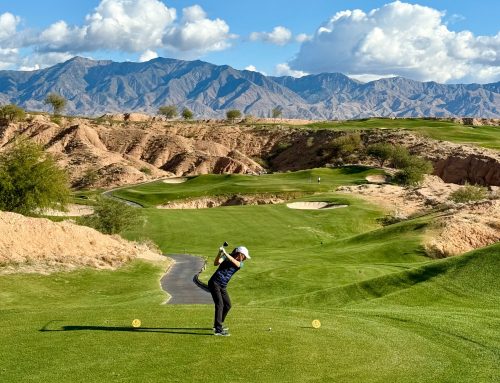
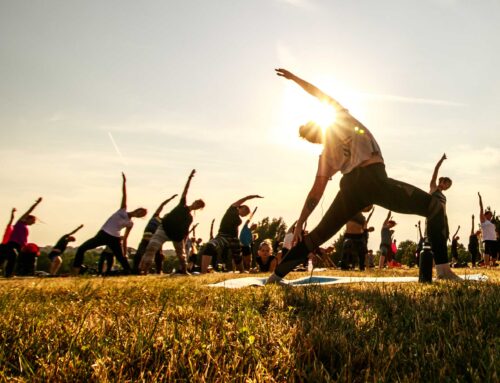

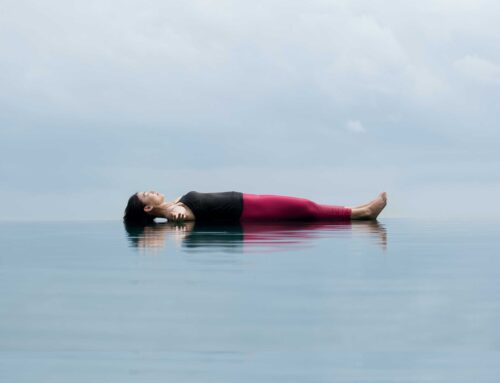
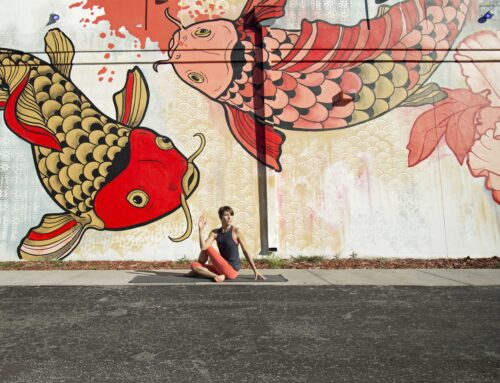

Leave A Comment